In 1972, fårikål was first named the national dish of Norway, and despite a brief flirtation with the possibility of replacing it in 2014 has remained the top dog ever since.
Some of the meals that fårikål beat out to remain the national dish are kjøttkaker, a type of meatballs, raspeball, a potato dumpling, and pinnekjøtt, the lamb’s ribs traditionally served at Christmas.
The dish’s name is a compound, meaning “mutton in cabbage”. It consists of pieces of mutton or lamb on the bone, whole peppercorns, and layers of green cabbage. The name draws its roots from the Danish language originally.
For many, fårikål is the quintessential autumn dish as its typically only served during this time, potatoes are in season and sheep are typically brought down from mountain farms during this time. It is normally accompanied with crispy, paper-thin flatbread and boiled potatoes.
Many Norwegians will associate the taste, and smell, of the dish with the changing of the seasons and auburn leaves. Other classic autumn dishes are lapskaus, or “stew”, baked root vegetables, mushroom soups, and blueberry muffins.
READ MORE: Where are Norway’s Michelin star restaurants?
Fårikål first rose to prominence in the 19th century and is believed to have originated in urban areas. One of the first original recipes was in the Fuldstænd Norsk Kogebog by Karen Dorothea. That early recipe suggested that mutton could act as a substitute for a goose.
If you wish to make the dish yourself, there is no need to fear as it is a relatively easy meal to make. However, it will take some time to prepare it. Depending on the recipe you use, it could take anywhere between an hour or three to make. As with most stew or casserole type dishes, longer normally delivers the best results.
Recipes for the meal are available in both English and Norwegian. Below you can see a video of the dish being prepared.
View this post on Instagram

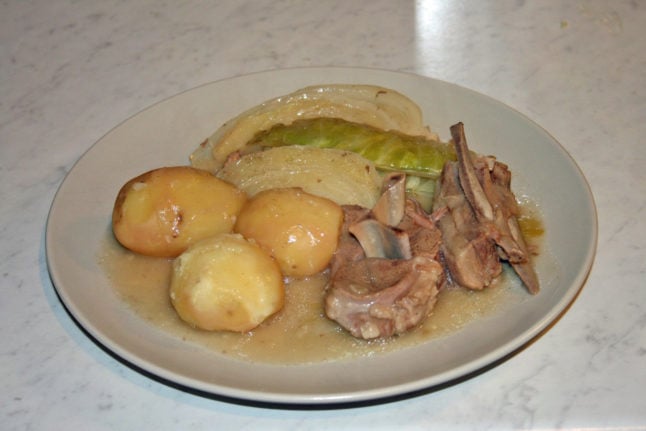
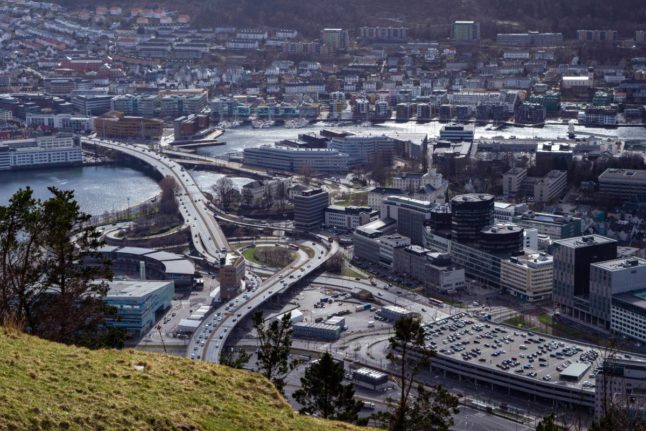
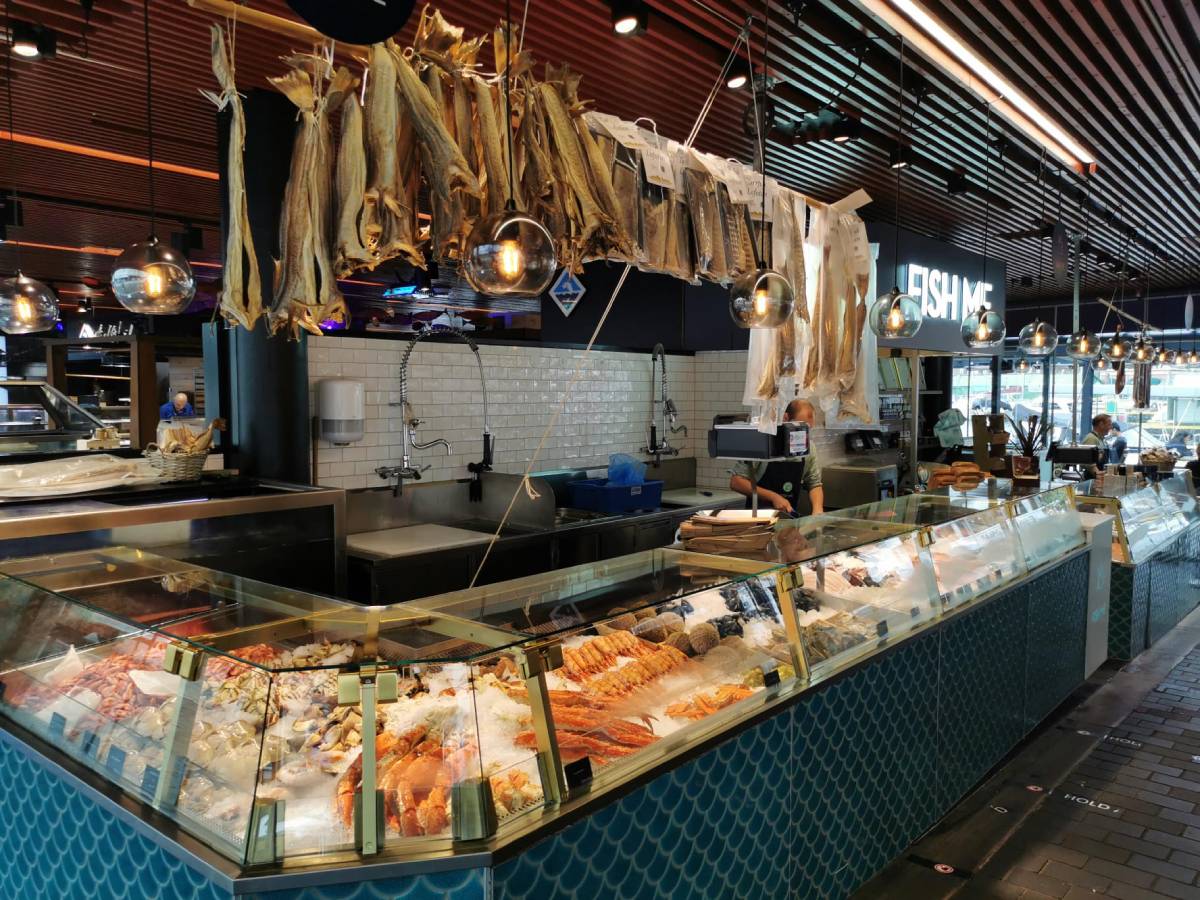
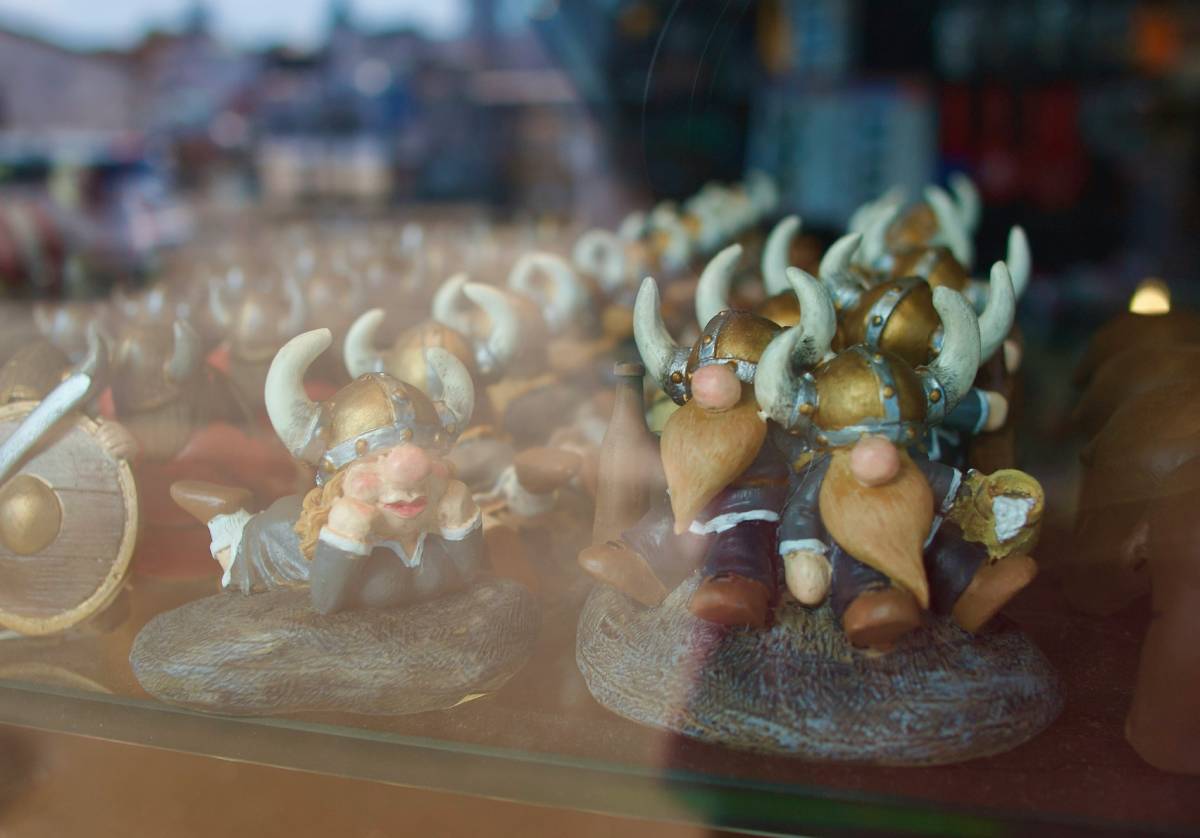

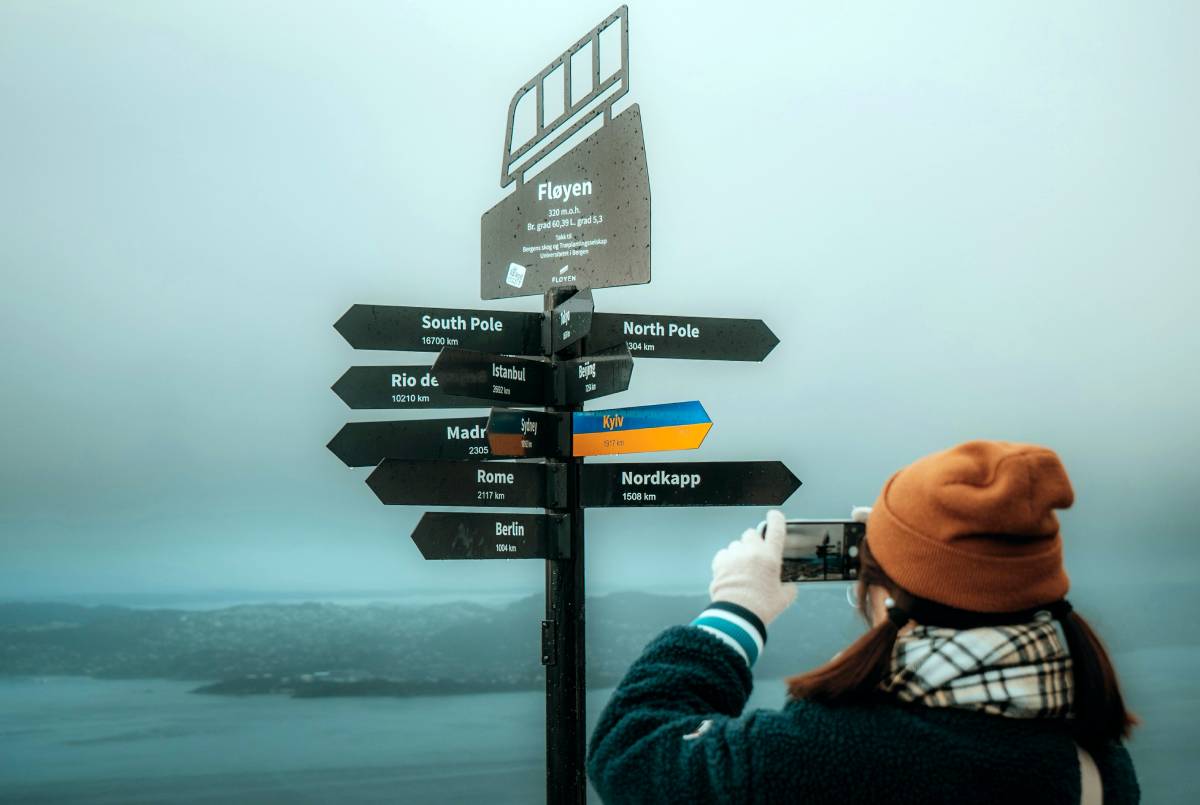
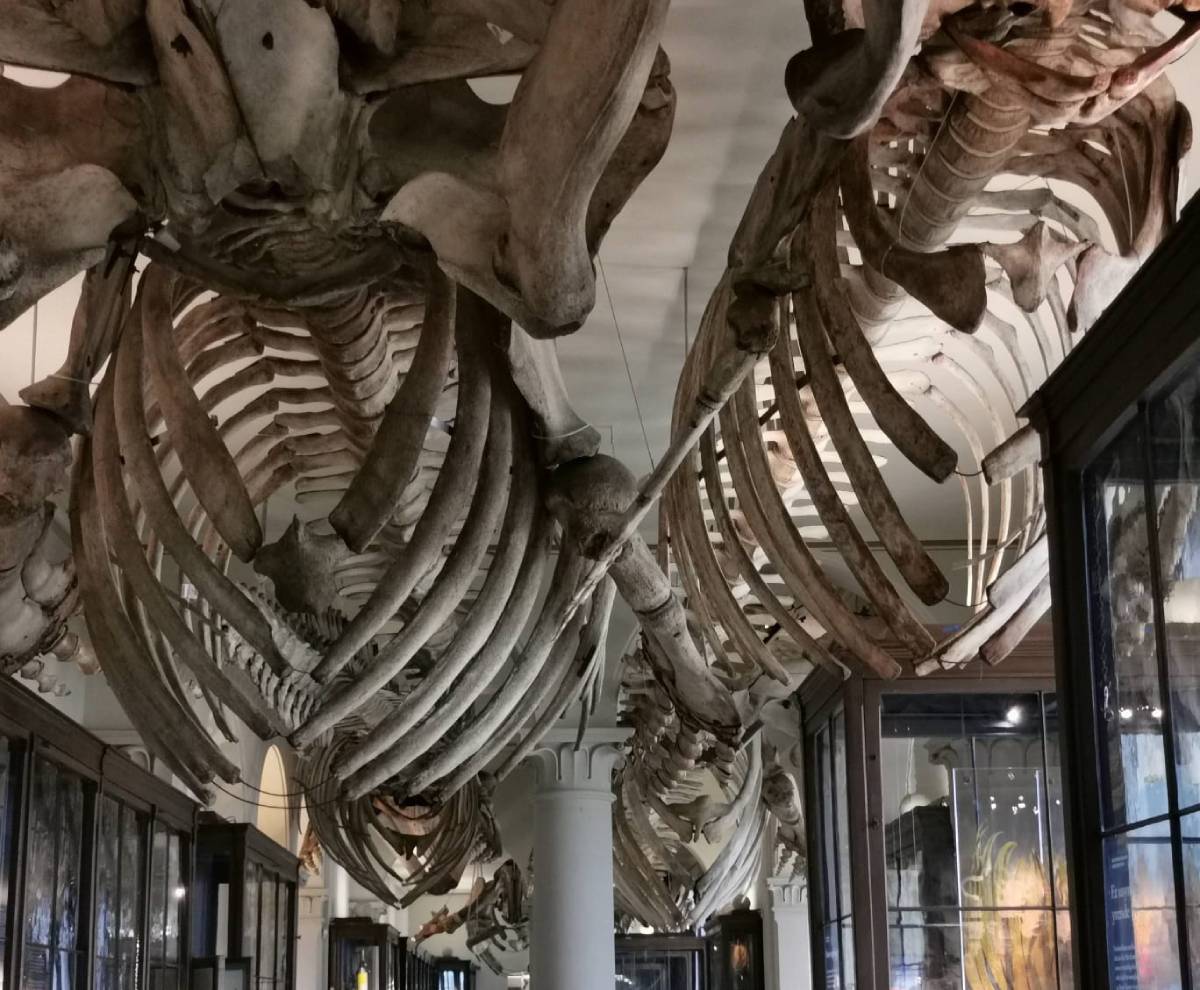
 Please whitelist us to continue reading.
Please whitelist us to continue reading.
Member comments